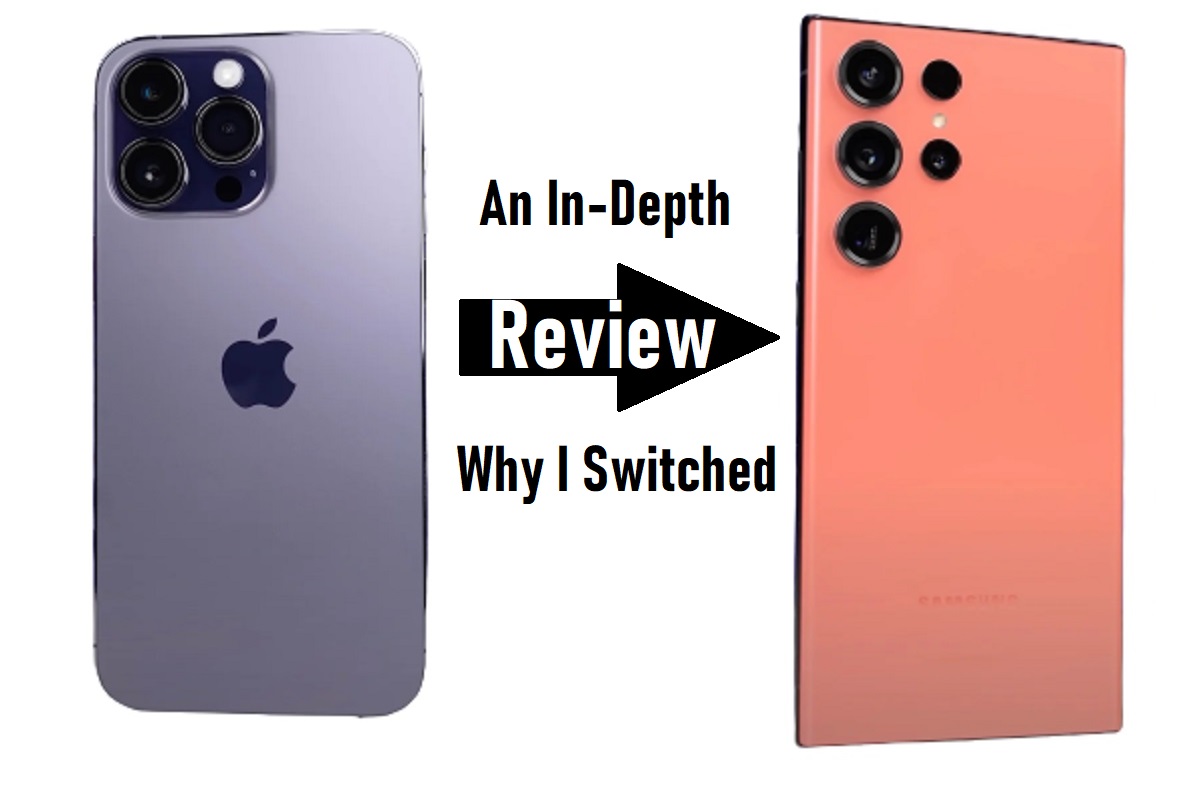Key Takeaway: Exploring the journey from iPhone to Android reveals intriguing differences in costs, customization, camera quality, messaging, car integration, mobile payments, smartwatches, and ecosystem integration, ultimately highlighting the unique advantages and drawbacks of each platform.
Deciphering the Shift: From iPhone to Android
Switching from iPhone to Android is a significant decision, influenced by various factors ranging from cost considerations to ecosystem integration. Let’s delve into the rationale behind this transition, dissecting the key disparities, benefits, and limitations of each platform.
1. Lower Costs on Android
Early observations unveil a notable trend: subscriptions and purchases tend to be more economical on Android compared to iPhone. A prime example lies in services like YouTube Premium and Audible, where Android users enjoy lower pricing, possibly attributed to Apple’s revenue-sharing model.
2. Unmatched Customization
Android’s forte lies in its unrivaled customization options, empowering users to personalize their devices with diverse themes, icon packs, and gesture shortcuts. Samsung’s One UI further elevates this experience, offering intuitive features like the sidebar for seamless multitasking.
3. Camera Quality and Zoom Capabilities
While the debate on camera superiority persists, experiences with devices like the Google Pixel and Samsung S23 Ultra highlight Android’s prowess in photography, especially with advanced zoom capabilities. However, iPhone maintains its edge in video and audio quality.
4. Messaging: Location Matters
Regional preferences dictate messaging platforms, with iMessage reigning in the US while alternatives like WhatsApp dominate in the UK and beyond. The infamous “blue bubble” versus “green bubble” discourse may hold varying relevance based on geographical context.
5. Car Integration: Android Auto to the Rescue
Android’s adaptability shines in car integration, as evidenced by the accessibility of Android Auto on vehicles lacking native support. This flexibility presents a tangible advantage over iPhone’s exclusive reliance on Apple CarPlay.
6. Mobile Payments: Apple Pay vs. Samsung/Google Pay
While Apple Pay boasts widespread acceptance and reliability, Samsung Pay and Google Pay struggle to match its ubiquity and performance, posing a consideration for users prioritizing seamless payment experiences.
7. Smartwatches: Apple Watch vs. Android Watches
The Apple Watch’s refined user experience contrasts with the commendable battery life of Android counterparts like the Pixel Watch and Galaxy Watch. The choice between polish and longevity remains subjective.
8. Ecosystem Integration: What’s Missed from iPhone
Despite Android’s allure, some users lament the absence of Apple ecosystem features like PDF syncing, unified focus states, Apple TV integration, and the convenience of Airdrop and continuity, underscoring Apple’s ecosystem cohesion.
Final Thoughts
The journey from iPhone to Android is a voyage of discovery, marked by nuanced differences and unique experiences. While both platforms offer distinct advantages and drawbacks, the decision ultimately hinges on individual preferences and priorities.
As we navigate the intricacies of smartphone ecosystems, embracing change fosters growth and new perspectives. Whether tethered to Apple’s seamless integration or enticed by Android’s customization prowess, each platform holds merit, enriching our digital experiences in diverse ways.
In the end, the pursuit of technological innovation transcends brand loyalty, encouraging us to embrace diversity and explore the ever-evolving landscape of mobile technology.












